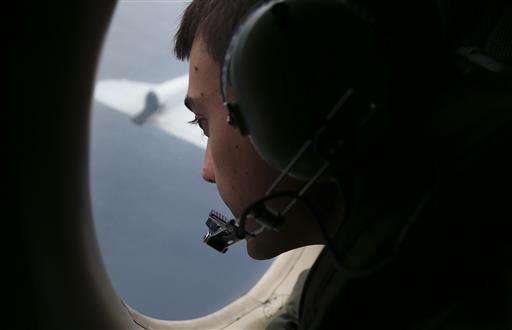MH370 mystery spurred efforts to improve aircraft tracking

As investigators prepare to wind down the Malaysia Airlines Flight MH370 search after more than two fruitless years, the airline industry is still working to raise safety standards to prevent another plane from going missing.
The disappearance of the Boeing 777-200, which went missing March 8, 2014 with 239 people aboard, left families of the crew and passengers in limbo. The unsolved mystery also spurred airlines and aircraft makers to devise better ways to track flights, locate wreckage and retrieve data from flight data recorders, or "black boxes."
Authorities said Friday that they'll suspend the hunt after they finish scouring more than 100,000 square kilometers (38,610 square miles) of seabed in the Indian Ocean later this year.
Earlier this year, the International Civil Aviation Organization, spurred by MH370, moved to tighten up safety standards.
ICAO, a United Nations agency that sets global aviation standards, approved a requirement for all airlines flying over open ocean to report their position every 15 minutes, which will take effect November 2018. Until now, pilots have typically done this every half hour.
In another move that could help searchers locate crashes, planes in "distress" will have to automatically report their position and other critical information at least every minute. However, only planes built on or after Jan. 1, 2021 will be required to have this capability.

Minute-by-minute reports would help searchers zero in on a search area of about 100 square miles (260 square kilometers).
The agency also strengthened standards for the flight data recorders that investigators use to piece together what has happened in aviation disasters.
Beginning in 2018, the ICAO will require that flight data recorders be equipped with underwater locator beacons that can last at least 90 days. MH370's beacon was designed to last 30 days.
The agency will also require new aircraft designs approved as of 2021 to include a way to retrieve the recorders or their information before they sink to the seabed. One possibility is an ejection system, another is relaying the data via satellite to ground stations. But deployment of such new systems could take a decade because of the lag between aircraft designs and certifications.
As for Malaysia Airlines, the disaster forced it to carry out a sweeping restructuring that analysts said was needed to keep the state-owned carrier afloat after it was shunned by travelers and teetering on the brink of bankruptcy.
A new CEO, Christoph Mueller, cut unprofitable routes, grounded jets and axed 6,000 workers from Malaysia's bloated workforce in a $1.7 billion overhaul that helped the company turn a monthly profit in February, it's first in years. But in a sign of lingering turmoil at the company, Mueller abruptly resigned in April.
© 2016 The Associated Press. All rights reserved.




















